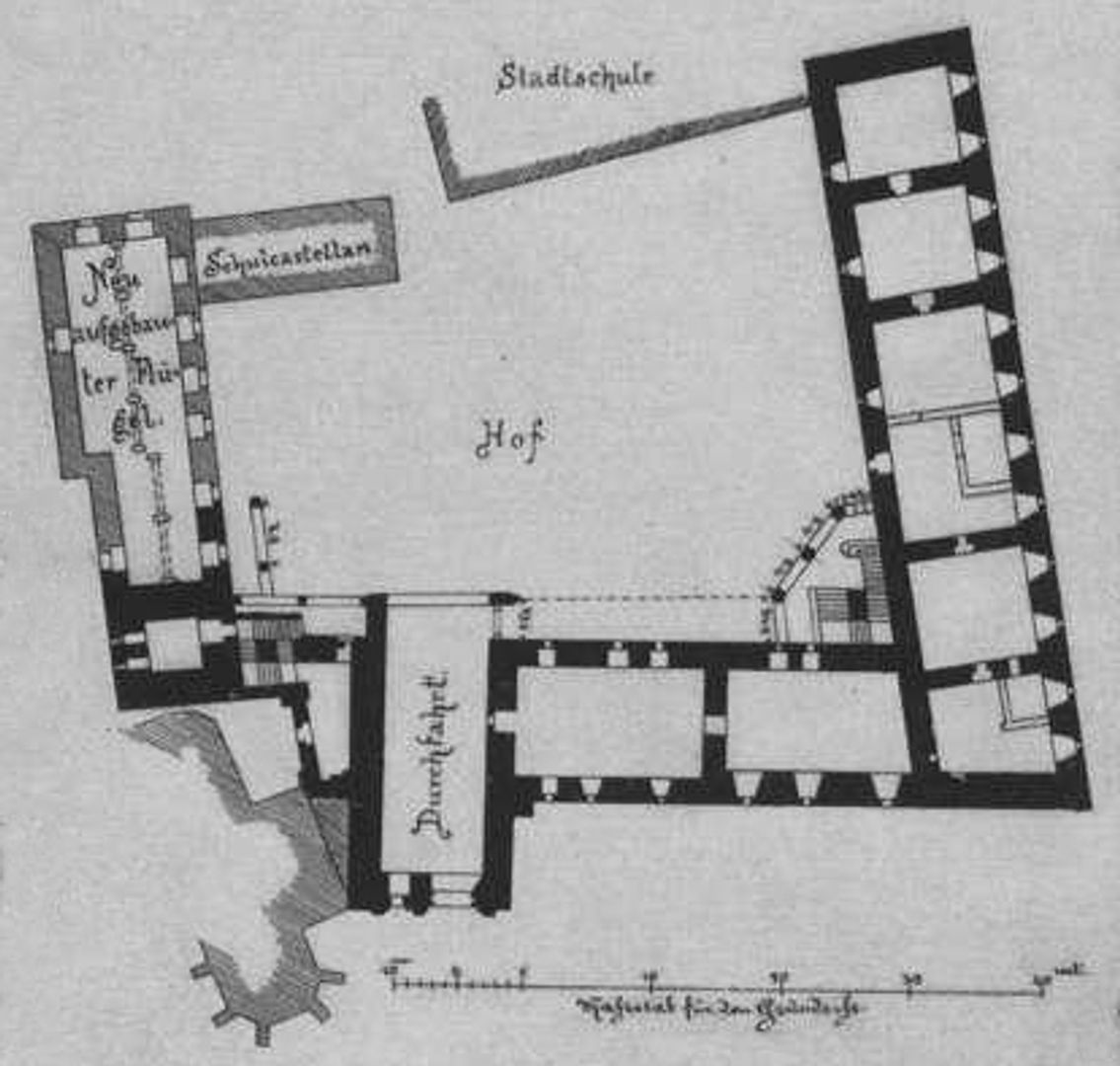Piast Castle in Brzeg
7.48

Overview
The Piast Castle in Brzeg is a historic residence dating back to the 13th century, currently housing the Museum of the Silesian Piasts. Its history traces back to 1235, when it served as a stopping point for the dukes of Wrocław, and from 1311, it became the seat of the dukes of Brzeg. In the 14th century, the castle underwent its first renovations, including the construction of the Gothic Chapel of St. Hedwig and a new residential building. In the 16th century, Duke George II initiated transformations in the Renaissance style, inspired by the Royal Castle on Wawel Hill, earning it the nickname "Silesian Wawel." During this period, the southern and eastern wings were added, along with an impressive gateway adorned with sculptures of Polish rulers and Silesian dukes. The castle was enriched with high-standard interiors, including Flemish tapestries.
In the following centuries, the castle fell into decline, especially after the death of the last Piast in 1675, and served various functions, from an inn to a warehouse. After World War II, conservation work began, and since 1952, it has functioned as a museum. Between 1966 and 1990, the castle was rebuilt, and its interiors were restored to their 16th-century appearance under the guidance of Italian architects and Polish specialists.
An interesting fact is that in 2013, the castle secured 7th place in the "7 New Wonders of Poland" poll organized by National Geographic, and in 2018, it was added to the list of Historic Monuments. The castle is also distinguished by its richly decorated gateway portal, featuring sculptures of rulers and dukes, as well as coats of arms, intended to proclaim the glory of the Piast dynasty. Among the museum's directors are figures known for their cultural contributions, such as Paweł Kozerski, who held the position for nearly 50 years, and the current director, Dariusz Byczkowski. The castle remains a vital part of the region's cultural heritage, making a significant contribution to the history and culture of Silesia.
Location
2025 Wizytor | All Rights Reserved